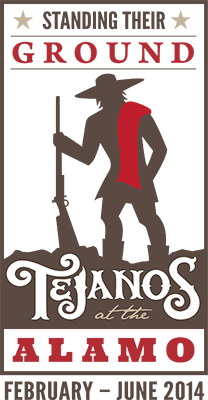San Diego Uniques send Corpus Christi Mysterious Nine home packing

Members of the Uniques included, b ack row from left, Loreto Garcia Tovar, Smocker Gravis, Felipe Bodet, Tomas Collins, Arturo D. Garcia, Jose M. Tovar and Fidel Perez. In front row are Avelino Garcia Tovar, Alfredo Ridder and Dario G. Garcia. (Photo contributed by Eliseo Cadena) All was not murder, mayhem, or politics in early Duval County. In August 1887, a group of men got together to form a baseball club in San Diego, and they immediately flexed their muscle by issuing a challenge to Corpus Christi for a game. The team’s name was the San Diego Uniques. The challenge game against Corpus Christi’s Mysterious Nine was held on Sept. 29, 1887 near the Tex-Mex depot. An early cool norther and an occasional cloud did not keep fans away, as most of the town’s citizens came out to see game. The first pitch sailed towards home plate at half past noon. The Uniques wore dark blue uniforms with red stockings and a large “U” on their chests. Suiting up for the San Diego nine included Avelin
